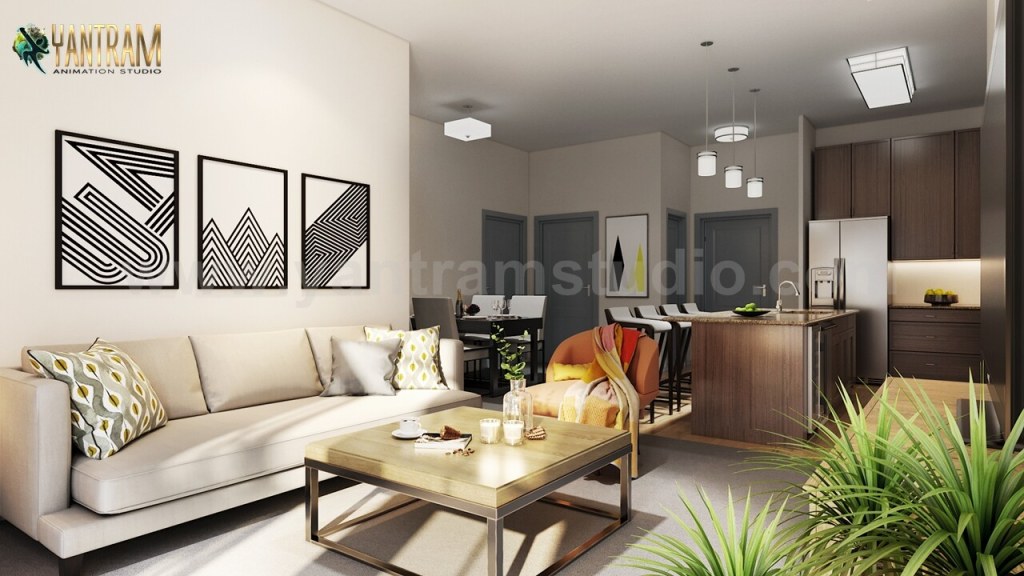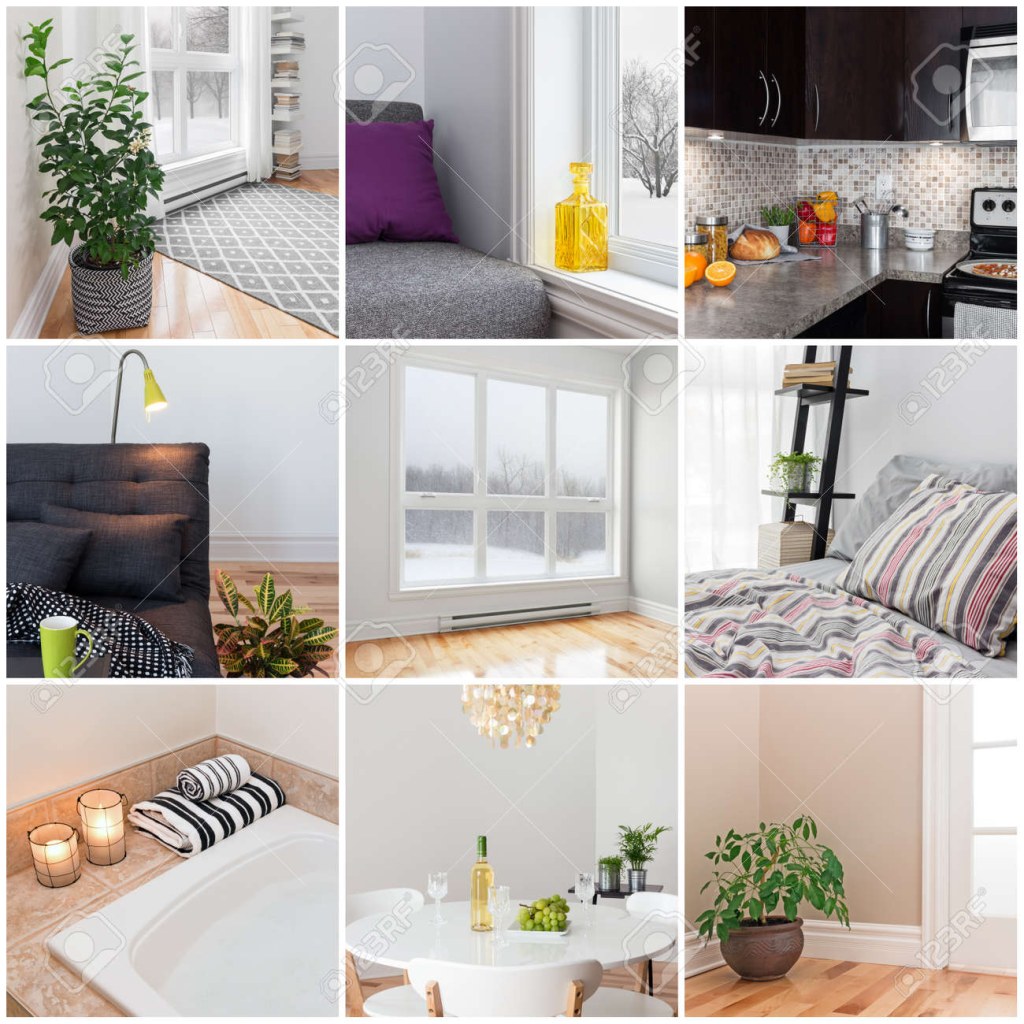Interior Design Ideas for Kitchen, Living Room, Bedroom, and Bathroom
Welcome, readers! Today, we are going to explore some amazing interior design ideas for your kitchen, living room, bedroom, and bathroom. Whether you are looking to revamp your space or just seeking inspiration for a future renovation project, this article will provide you with valuable insights and creative solutions. So, let’s dive in and discover the possibilities that await!
Table of Contents:
Introduction
What is Interior Design?
Who Can Benefit from Interior Design Ideas?
When to Consider Interior Design Changes?
Where to Find Inspiration for Interior Design?

Image Source: artstation.com
Why Interior Design Matters?
How to Implement Interior Design Ideas?
Advantages and Disadvantages of Interior Design Ideas
FAQs about Interior Design Ideas
Conclusion

Image Source: 123rf.com
Final Remarks
Introduction:
Interior design is the art of enhancing the interiors of a space to achieve a more aesthetically pleasing and functional environment. It involves the careful selection of furniture, colors, textures, lighting, and other elements to create an atmosphere that reflects the occupant’s personality and meets their specific needs.
Interior design ideas for the kitchen, living room, bedroom, and bathroom are particularly sought after, as these spaces are the heart of any home. In this article, we will explore various concepts and styles that can transform these areas into stunning and inviting spaces.
Whether you prefer a modern, minimalist look or a cozy, rustic feel, the following sections will provide you with inspiration and guidance on how to achieve the desired ambiance in each room. So, let’s begin our journey into the world of interior design!
What is Interior Design?
Interior design is the art and science of enhancing the interior of a building to achieve a healthier and more aesthetically pleasing environment for the people using the space. It involves the selection of colors, furniture, fabrics, lighting, and other elements to create a cohesive and harmonious atmosphere.
Interior design goes beyond mere decoration; it aims to improve the functionality, safety, and overall quality of a space. Whether it’s a residential or commercial setting, a well-designed interior can have a profound impact on our mood, behavior, and productivity.
By considering factors such as ergonomics, spatial planning, and sustainability, interior designers create spaces that are not only visually appealing but also efficient and sustainable.
Now, let’s explore who can benefit from interior design ideas.
Who Can Benefit from Interior Design Ideas?
Interior design ideas can benefit anyone who wants to improve the look and functionality of their living spaces. Whether you are a homeowner, a renter, or a business owner, implementing well-thought-out interior design concepts can transform your space into something extraordinary.
If you have recently moved into a new home or are planning a renovation, seeking inspiration from interior design ideas can help you discover new styles, color schemes, and furniture arrangements that align with your personal taste and lifestyle.
Even if you are on a budget, there are numerous affordable and DIY-friendly interior design ideas that can breathe new life into your space without breaking the bank.
Now, let’s explore when it’s a good time to consider interior design changes.
When to Consider Interior Design Changes?
There are several instances when it’s worth considering interior design changes. For example, if you feel that your current space lacks character or doesn’t reflect your personality, it might be time for a makeover.
Similarly, if you have recently acquired new furniture or artwork and want to create a cohesive look, incorporating interior design ideas can help you tie everything together.
If you are planning to sell your home, investing in professional interior design services can significantly increase its market value and appeal to potential buyers.
Furthermore, if you are experiencing functional issues with your space, such as poor lighting, inefficient storage solutions, or awkward layouts, interior design can provide innovative solutions to address these challenges.
Now, let’s move on to where you can find inspiration for interior design.
Where to Find Inspiration for Interior Design?
Finding inspiration for your interior design project is easier than ever, thanks to the abundant resources available online and offline. Here are some popular avenues to explore:
Interior Design Magazines and Books: Subscribe to magazines or browse through books dedicated to interior design. They often showcase the latest trends, innovative ideas, and real-life case studies.
Online Platforms: Visit websites, blogs, and social media platforms that specialize in interior design. These platforms feature a wide range of styles, DIY projects, expert advice, and before-and-after transformations.
Showrooms and Exhibitions: Attend local showrooms, home expos, or design exhibitions to see firsthand how different elements come together to create stunning interiors.
Consult Professionals: If you need personalized guidance, consider consulting with professional interior designers. They can provide expert advice, create customized design plans, and help you source the right materials and furnishings.
Now that you know where to find inspiration, let’s explore why interior design matters.
Why Interior Design Matters?
The significance of interior design goes beyond mere aesthetics. Here are some reasons why it matters:
Enhances Well-being: A well-designed space can contribute to our physical and mental well-being. From comfortable furniture to ample natural light, interior design choices can create a calming and positive environment.
Boosts Productivity: In commercial settings, a thoughtfully designed interior can improve employee productivity and satisfaction. Elements such as ergonomic furniture, efficient layouts, and optimal lighting can positively impact work performance.
Reflects Personal Style: Interior design allows us to express our personality, values, and tastes. By curating our living spaces, we create a sense of belonging and a reflection of who we are.
Optimizes Functionality: Interior design aims to maximize the functionality of a space, making it more efficient and user-friendly. Through clever storage solutions, smart layouts, and well-placed furniture, interior design can transform even the smallest rooms into functional and organized areas.
Influences Mood and Behavior: Colors, textures, and lighting have a direct impact on our mood and behavior. Interior design choices can create spaces that elicit specific emotions, be it tranquility, energy, or creativity.
Increases Property Value: Professionally designed interiors can significantly enhance the market value of a property. They make a strong impression on potential buyers and set the property apart from others on the market.
Environmental Sustainability: Interior design can promote sustainability by incorporating eco-friendly materials, energy-efficient lighting, and sustainable practices. By making conscious choices, we can reduce our environmental footprint.
Now that we understand the importance of interior design, let’s proceed to the next section and learn how to implement these ideas effectively.
How to Implement Interior Design Ideas?
Implementing interior design ideas requires careful planning and execution. Here are some steps to get started:
Define Your Vision: Start by envisioning how you want your space to look and feel. Consider your preferences, lifestyle, and the purpose of each room.
Gather Inspiration: As mentioned earlier, seek inspiration from various sources such as magazines, books, online platforms, and showrooms. Create a mood board or digital folder to collect your favorite ideas.
Set a Budget: Determine how much you are willing to invest in your interior design project. This will help you prioritize expenses and make informed decisions.
Create a Plan: Consult with an interior designer or create a detailed plan yourself. Consider factors such as color schemes, furniture layout, lighting options, and material choices.
Source Materials and Furnishings: Start gathering the necessary materials, furniture, and accessories. This may involve shopping for new items, repurposing existing ones, or hiring professionals for custom-made pieces.
Execution: Begin implementing your design plan. This may include painting walls, installing new fixtures, rearranging furniture, and accessorizing.
Review and Refine: Step back and evaluate the final result. Make any necessary adjustments to ensure that your vision has been successfully translated into reality.
By following these steps and staying true to your vision, you can transform your space into a beautiful and functional environment.
Now, let’s move on to discussing the advantages and disadvantages of interior design ideas.
Advantages and Disadvantages of Interior Design Ideas
Just like any other endeavor, interior design ideas come with their own set of advantages and disadvantages. Let’s explore them in detail:
Advantages:
Enhanced Aesthetics: Interior design ideas can greatly enhance the visual appeal of a space, making it more inviting and visually pleasing.
Improved Functionality: Good interior design optimizes the functionality of a space, making it more efficient and user-friendly.
Personalization: By implementing interior design ideas, you can personalize your space according to your unique style, preferences, and needs.
Increased Property Value: Well-designed interiors can significantly increase the market value of a property.
Mood Enhancement: Interior design choices can create atmospheres that elicit specific emotions, enhancing mood and well-being.
Disadvantages:
Cost: Depending on the extent of the project, interior design ideas can be costly, especially if professional services are involved.
Time-Consuming: Implementing interior design ideas requires time and effort, from planning to execution.
Over-Personalization: While personalization is an advantage, going overboard with unique styles and excessive customization can limit appeal to potential buyers in the future.
Maintenance: Certain design choices may require regular maintenance and upkeep, adding to the long-term cost and effort.
Design Trends: Following design trends can result in a space that looks outdated in a few years. It’s essential to strike a balance between timeless design and incorporating current trends.
Now, let’s move on to addressing some frequently asked questions about interior design ideas.
FAQs about Interior Design Ideas
1. Can I implement interior design ideas on a tight budget?
Yes, there are plenty of budget-friendly interior design ideas available. From DIY projects to repurposing existing items, you can achieve remarkable results without breaking the bank.
2. Do I need to hire a professional interior designer?
While it’s not mandatory, hiring a professional interior designer can greatly enhance the outcome of your project. They have the expertise, industry knowledge, and access to resources that can make your vision come to life.
3. How can I incorporate sustainable practices in my interior design?
You can incorporate sustainable practices in your interior design by choosing eco-friendly materials, using energy-efficient lighting, and opting for products with low VOC emissions. Additionally, repurposing existing furniture and accessories is a great way to reduce waste.
4. Can interior design ideas be implemented in rental properties?
Absolutely! While there may be limitations in terms of permanent changes, you can still implement temporary solutions such as removable wallpaper, modular furniture, and creative storage options.
5. What should I consider when selecting colors for interior design?
When selecting colors, consider factors such as the purpose of the room, natural lighting, and the desired mood. Warm colors like red and orange can create a cozy atmosphere, while cool colors like blue and green evoke a sense of calmness and tranquility.
Now that we have addressed some common questions, let’s move on to the conclusion.
Conclusion
Interior design ideas for the kitchen, living room, bedroom, and bathroom offer unlimited possibilities to transform your space into something extraordinary. By incorporating the right colors, furniture, lighting, and accessories, you can create an atmosphere that reflects your personality, enhances well-being, and optimizes functionality.
Whether you prefer a contemporary, minimalist look or a rustic, cozy feel, interior design allows you to curate your living spaces according to your unique taste and needs. Furthermore, investing in professional interior design services can significantly increase the market value of your property, making it a wise long-term investment.
Now that you are armed with valuable insights and inspiration, it’s time to embark on your interior design journey. Start exploring, planning, and implementing your ideas to create the home of your dreams!
Final Remarks
Interior design is a powerful tool that can transform any space into a